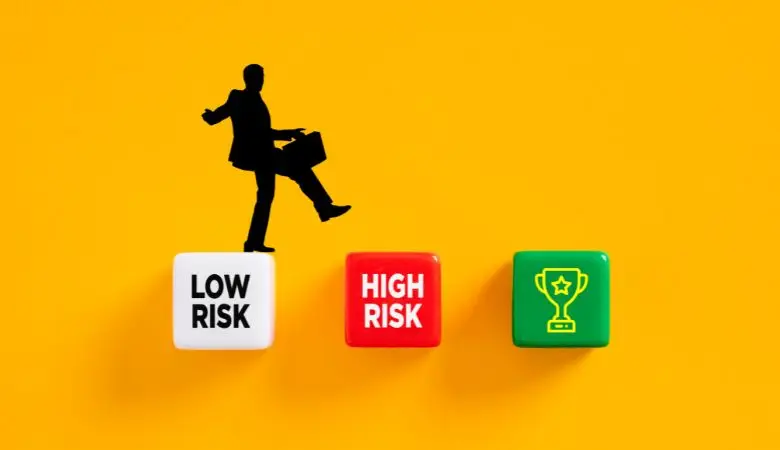What are the Forming Points for Measuring Customer Experience?

The field of customer experience management is booming, and the trend will not stop soon. Measuring success depends on a consolidated view of the entire business. There are five categories to consider. Over 5,000 companies worldwide have already hired their own Customer Experience executives, almost half of whom report to the CEO. This shows that customer experience impacts business bottom lines and should be measured accordingly.
Large companies with revenues exceeding $1 billion have more than 50 CX measures managed by different people in different parts of the business. Customer retention or loyalty measures are often the responsibility of marketing. In contrast, customer service is responsible for first-call problem resolution measures. The finance department tracks the number of repeat orders received, and supply chain managers are evaluated based on, among other things, the timeliness of products received.
Five Starting Points to Correctly Measuring Customer Experience
CX metrics have several uses. They can be used to justify investments and check for improvements. They help set goals and targets for future improvements and serve as an early warning system when something isn’t working.
Although the number of indicators used is large, most can be classified into one of five categories.
1. Customer satisfaction
The starting point for most businesses. Customer satisfaction is today the most traditional measurement criterion. It can be measured either explicitly through surveys or implicitly through metrics such as product ratings, delivery time statistics, or mystery shopping.
2. Customer loyalty and loss
These indicators can be retrospective, such as average length of stay, or predictive, such as the likelihood that a guest will remain a guest. Examples include:
- Frequency of purchases.
- Use of multiple channels.
- Participation in loyalty programs.
- Average order size.
- Repeat orders.
- Response rates.
3. Advocacy, reputation and brand
These metrics determine the level of customers who would be willing to recommend or support the product or organization. Price sensitivity, mood values in social media, reliability and event participation are good examples.
4. Quality and operational procedures
This is the most underestimated block of indicators. After all, if a product or service fails to meet requirements, the customer experience is always poor – regardless of the steps taken to remedy the problem.
5. Employee engagement
This fifth set of metrics is only included in about 10% of CX initiatives. A survey showed that employee engagement is critical in implementing CX improvements. In fact, 86% of companies rate employee engagement as equal to or better than other CX metrics.
What does customer satisfaction mean, and how do we measure it?
Companies looking at CX management must first define what CX means to the business and decide how it will be measured. Measuring customer satisfaction can have several purposes, depending on the organization’s maturity. For example, the goal might be to move from a metric anarchy where each team or department measures in isolation to a state where all metrics are used to increase customer satisfaction.
Companies should avoid focusing on a single CX metric at the highest level. It is best to consolidate all relevant metrics into a CX dashboard and create a hierarchy. It is also possible to create an index that covers as many aspects as possible, such as employee engagement, quality, satisfaction and loyalty. This dashboard is then shared between the different services.
For example, repair and maintenance personnel in a field service can see the average customer wait time in the contact centre and, in the case of long wait times, can prepare for customers irritated.
CX leaders must stay in control
Although leaders typically prefer to use just one or two metrics to summarize the overall customer experience, this approach must show what they must focus on to drive change. That’s why they need to look at the organization’s CX metrics, not just those tracked in marketing and customer service departments, and identify how each metric is calculated, who follows it, and who is responsible for its improvement.
Also Read: What is CRM






